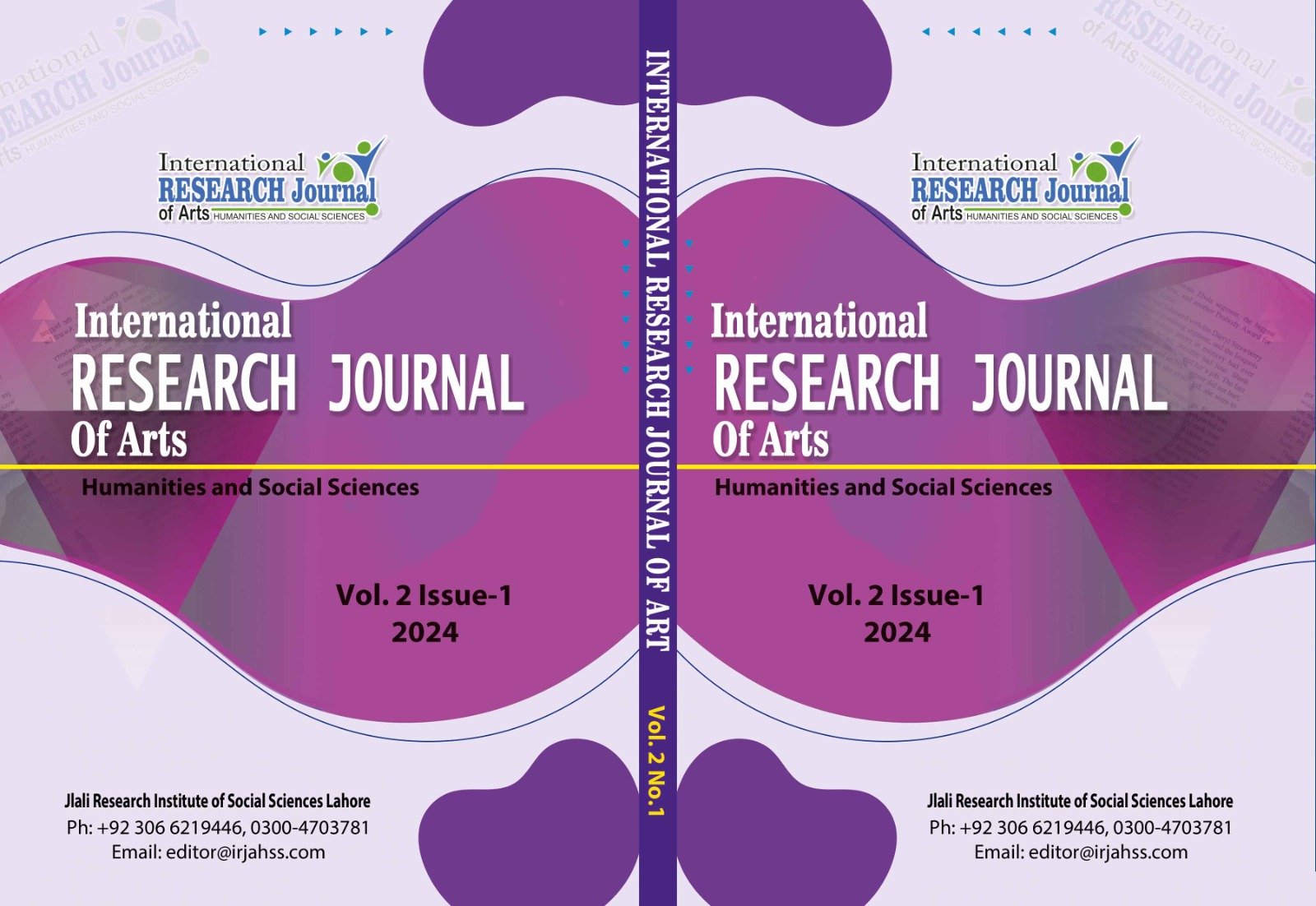Self-realization in Sidhwa’s The Pakistani Bride: A Freudian Perspective
Keywords:
Self-Realization, Psychoanalysis, Unconsciousness, Consciousness, RepressionAbstract
This study aims to examine the importance of self-realization in Bapsi Sidhwa’s (1983) The Pakistani Bride. Sidhwa (1983) not only allows her characters to narrate their own different stories but later on they all have some sort of connection with the main character Zaitoon and her struggle for freedom. Psychoanalysis was propounded by Sigmund Freud in his book A General Introduction to Psychoanalysis (1917) which is selected as a theoretical framework for this study. According to him, the aim of psychoanalysis is to make the unconscious thoughts conscious and release the repressed emotion within one’s self. The research carried out under certain objectives and research questions aiming to find out the achievement of self-realization by the main character of Zaitoon and the factors involved behind the gaining of consciousness by her in the man dominated tribal culture. In this regard, psychoanalysis technique of Freud is used to discover her emotional and psychological journey from unconsciousness towards consciousness. Therefore, in this study all those factors are explored through which she achieved self-realization and turned herself from a fragile and silenced specie into a strong, free and independent woman. Her whole journey towards self-realization is discussed in this educational study.
Published
Issue
Section
License
Copyright (c) 2024 International Research Journal of Arts, Humanities and Social Sciences

This work is licensed under a Creative Commons Attribution 4.0 International License.
Disclaimer: The International Research Journal of Arts, Humanities and Social Sciences (IRJAHSS) upholds the principles of open access, ensuring unrestricted access to scholarly content to foster the sharing and advancement of knowledge. The opinions expressed in the articles solely belong to the authors and do not necessarily reflect the views or policies of the journal's editorial team, editorial board, advisory board or research institute.





